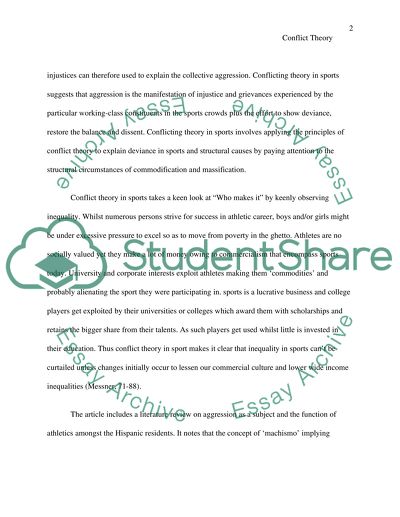Cite this document
(“The Role of Sociology in Sports Essay Example | Topics and Well Written Essays - 1250 words”, n.d.)
Retrieved from https://studentshare.org/sociology/1517328-the-role-of-sociology-in-sports
Retrieved from https://studentshare.org/sociology/1517328-the-role-of-sociology-in-sports
(The Role of Sociology in Sports Essay Example | Topics and Well Written Essays - 1250 Words)
https://studentshare.org/sociology/1517328-the-role-of-sociology-in-sports.
https://studentshare.org/sociology/1517328-the-role-of-sociology-in-sports.
“The Role of Sociology in Sports Essay Example | Topics and Well Written Essays - 1250 Words”, n.d. https://studentshare.org/sociology/1517328-the-role-of-sociology-in-sports.


